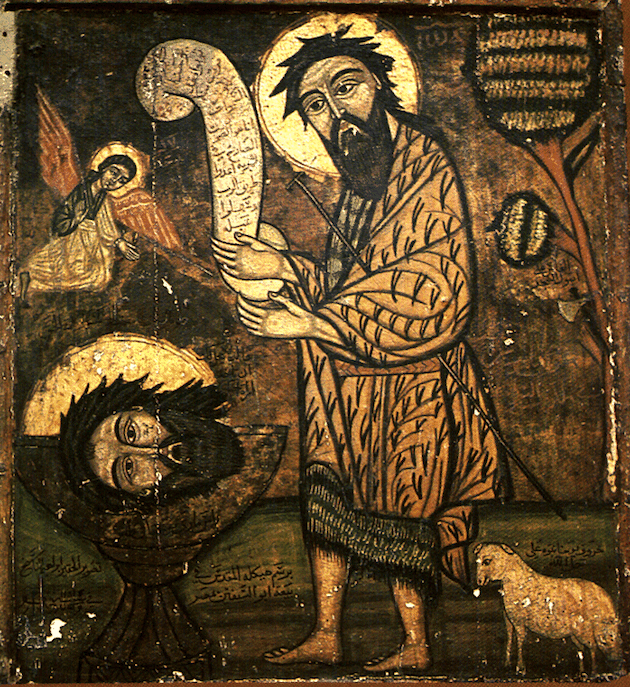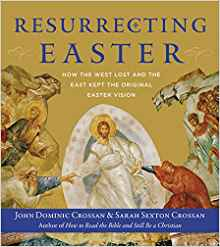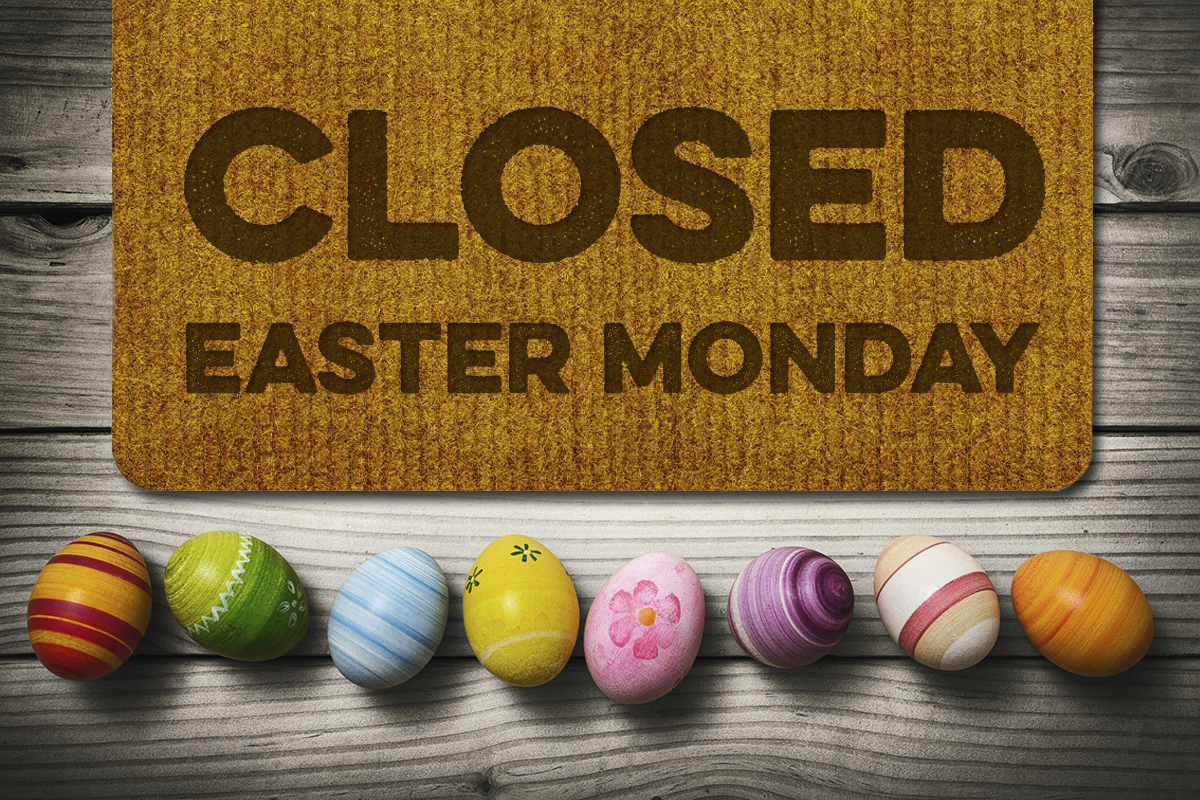
This Coptic icon for the Beheading of St. John the Baptist, shows St. John ‘in clothing of camel’s hair’, with a cross (here in the Coptic Tau (T) form), beholding his own head. The axe at right refers to this line from his own preaching: “And even now the axe is laid to the root of the trees. Therefore every tree which does not bear good fruit is cut down and thrown into the fire.” [Mt 3.10; Lk 3.9]
Decoration Day was first observed on May 5 in the U.S., with the tradition of decorating soldiers’ graves from the Civil War with flowers. On May 5, 1868, General John A. Logan issued a proclamation calling for “Decoration Day” to be observed annually and nationwide; he was commander-in-chief of the Grand Army of the Republic, an organization of and for Union Civil War veterans. With his proclamation, Logan adopted the Memorial Day practice that had begun in the Southern states three years earlier. The observance date was later moved to May 30th and included American graves from World War I and World War II, and became better known as Memorial Day. In 1971, Congress moved Memorial Day to the last Monday in May, thus creating a three-day holiday weekend.
In much of Central and Eastern Europe, the Orthodox Church celebrates the Tuesday after Thomas Sunday as the “Day of Rejoicing” (Radonitsa) by visiting graves and celebrating memorial services for the departed for the first time since before Palm Sunday. (Many monasteries depended on donations in exchange for their prayers for the departed; resuming these services was important for the financial survival of many small monastic communities.) The Day of Rejoicing also begins the marriage season. Since weddings are forbidden during the Great Lenten Fast (because that time should be devoted to penance and self-examination, rather than merrymaking), as well as during Bright Week (because at that time the Church celebrates nothing else except the Resurrection), with Radonitsa comes the time for weddings.
Among Eastern Christians, the Beheading of St. John the Baptist on August 29 is the day to pray for soldiers slain in battle and to visit their graves as established in 1769 at the time of Russia’s war with the Turks and the Poles. The day is always observed with strict fasting, and in some places the pious will not eat food from a flat plate, use a knife, or eat round food on this day because of the association of these things with the Gospel account of St. John’s beheading.


